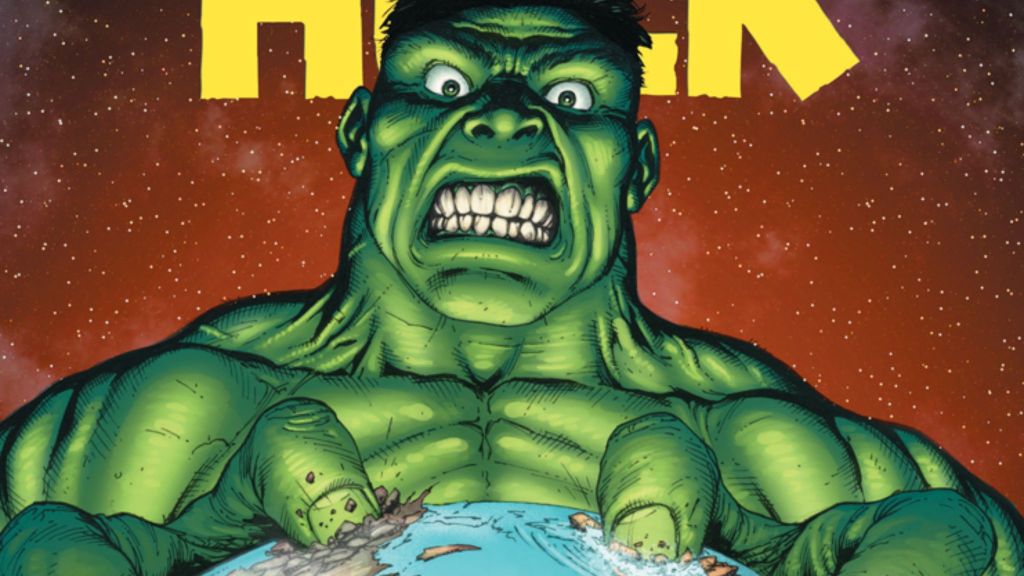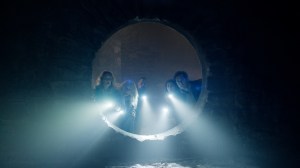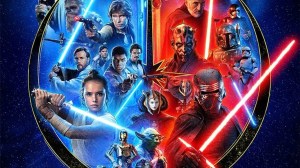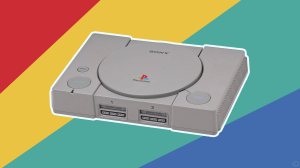What makes the Hulk a difficult protagonist to grasp is also the thing that makes him an enduring pop culture icon. His anger is the character’s defining characteristic, but it can be one-note. Usually, anger is used as the final reaction to a long build-up, something boiling underneath the surface before unleashing in one big burst. However, because of the nature of the Hulk’s power, the character must always be angry. Hulk has to stay mad to access his power, or else he is trapped as Bruce Banner. A three-dimensional character is typically defined as someone who has a variety of emotions and clear motivations, aspects that Hulk traditionally lacks.
Videos by ComicBook.com
Hulk comic writers work around these issues by focusing more on the Bruce Banner persona of the hero. The late, great Peter David added many multitudes to the character in his defining Incredible Hulk run, evolving the hero into one of the most interesting figures in the Marvel Universe. Nonetheless, Greg Pak chose to put the character’s anger at the forefront with his 2007 World War Hulk series. Even though anger can be viewed as one-note by analysts, Pak used the Hulk’s anger as an outlet for readers to reflect their own resentment and passion. The world and life can be unfair, and Pak is permitting readers to feel angry through the Hulk.
The Lead Up to World War Hulk

World War Hulk is a direct follow-up to Pak’s Planet Hulk storyline from the Incredible Hulk comics. Planet Hulk has the Hulk blasted into space by the Illuminati, Marvel’s secret group of the most powerful behind-the-scenes figures of Earth. The Jade Giant crashes on the alien planet, Skaar, which is under the rule of the tyrannical Red King. Hulk begins as a lowly gladiator before earning allies, rising in the ranks, defying the Red King, and falling in love. Hulk and his allies successfully overthrow the Red King, with Hulk becoming the new ruler of Skaar. The Hulk had everything he could’ve dreamed of: allies that would die for him, a powerful wife, and a planet that sees him as a hero.
All of Hulk’s dreams crashed down at the end of Planet Hulk when the ship he crashed on caused an explosion so destructive that it ended up destabilizing Skaar and killing most of its citizens, including Hulk’s new wife. With the planet no longer habitable, Hulk blames the Illuminati for the destruction and heads back to Earth to take his revenge. World War Hulk has a great foundation to tell its story, with the character making his grand return to exact vengeance against the other heroes. World War Hulk was also released not long after the first Marvel Civil War, when heroes like Iron Man and Mr. Fantastic were at their most dubious. United States citizens were also increasingly jaded towards the US government during the 2000s, with Hulk’s war on Earth serving as a metaphor of the unrepresented US people lashing out against those in authority. Fans were ready for Hulk to enact revenge against the heroes and the US government for their actions. World War Hulk was the right story at the right time; fans in the United States were ready to unleash their fury.
[RELATED – Should the MCU Do Scarier Hulk Stories?]
World War Hulk Makes Hulk’s Anger Nuanced and Sympathetic

Pak begins the story with Hulk easily taking out Black Bolt off-screen, perfectly establishing Hulk’s new strength and raising the stakes throughout the comic. While Hulk takes up the villainous role of attacking Earth, readers’ sympathies remain squarely with the Green Monster. We witness how much Hulk lost at the end of Planet Hulk and why his anger feels justified. Yet Pak makes it clear that anger, while it can be a beneficial emotion in the correct circumstances, can also be toxic and destructive. Hulk’s rage and destruction are increasingly tragic as the story progresses, with Hulk not letting up his fury for even a second. Nevertheless, Hulk has nobility in his actions, as the Jade Giant refuses to take a life throughout the story, even against the Illuminati.
Ultimately, what Hulk wants is justice and to expose the Illuminati’s actions to the world. Although Hulk is the primary protagonist of World War Hulk, Pak also makes sure the other heroes, including the Illuminati, are equally sympathetic in the comic. Iron Man has an honorable and candid speech as he heads into his fight with Hulk, deeply humanizing him after the events of Civil War. Doctor Strange’s desperation becomes palpable as the story progresses, and Sentry’s arrival as the Earth’s heroes’ last hope is genuinely uplifting. World War Hulk is a much more nuanced conflict than its all-out brawl premise promises, highlighting both sides of the war without condoning one side over the other. The Illuminati deserved to face the consequences for their actions, but the Hulk’s anger was becoming too all-consuming.
World War Hulk Has Some of the Best Artwork in superhero comics

John Romita Jr. has become a divisive creator among fans. Many online commentators have expressed dislike for the artist’s blocky faces, thick inks, off-putting background details, and overall cartoony aesthetic. However, most of those commentators have probably not read World War Hulk, which not only features Romita’s best work but also probably some of the greatest superhero artwork displayed in comics. Romita’s blocky faces and weird background artwork are on full display in World War Hulk, yet are given new life thanks to colorist Christina Strain and inker Klaus Janson. Strain added so much more dimension to Romita’s pencils, incorporating beautiful shading and lighting that sells the story’s grit. Hulk had never appeared as imposing or dirty as he was in World War Hulk, selling the idea that the character was losing his grip on his emotions.
Romita also expertly conveys each of the major fights in the comic with such detail and grandeur, making each punch like a work of art. The action in World War Hulk is some of the most wonderful set pieces in any comics, thanks in large part to Romita’s pencils. Hulk’s growing anger is exhibited flawlessly throughout the story, portraying the character the angriest he’s ever been and building up from that. Unfortunately, World War Hulk has become such a high bar for Romita’s career that it never feels like the artist was able to recapture that magic ever again, to the detriment of his online reception.
Sadly, World War Hulk is as much of a tragedy as it is a spectacle. Hulk realizes in the end that the bomb that caused Skaar’s destruction was implanted by his enemies under the watchful eye of one of his allies, meaning his anger was misplaced from the get-go. As he is about to unleash his full anger onto the planet, which may have destroyed it, Iron Man launches a laser at him that finally puts him down and locks him away. Pak ends the story with no real winners, with Hulk’s final surrender being an act of mercy. Hulk, after becoming a gladiator and king, was now back to where he was before, alone. Anger can be a beautiful emotion that can lead to great things, and the Hulk was an ideal outlet for readers to unleash their own resentment on the status quo. Yet Pak warns readers of the dangers of too much anger in World War Hulk. Bruce Banner and the Hulk will always be a cautionary tale about humanity’s rage, and Pak portrays that theme superbly in World War Hulk.








